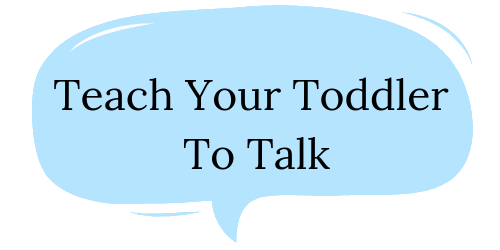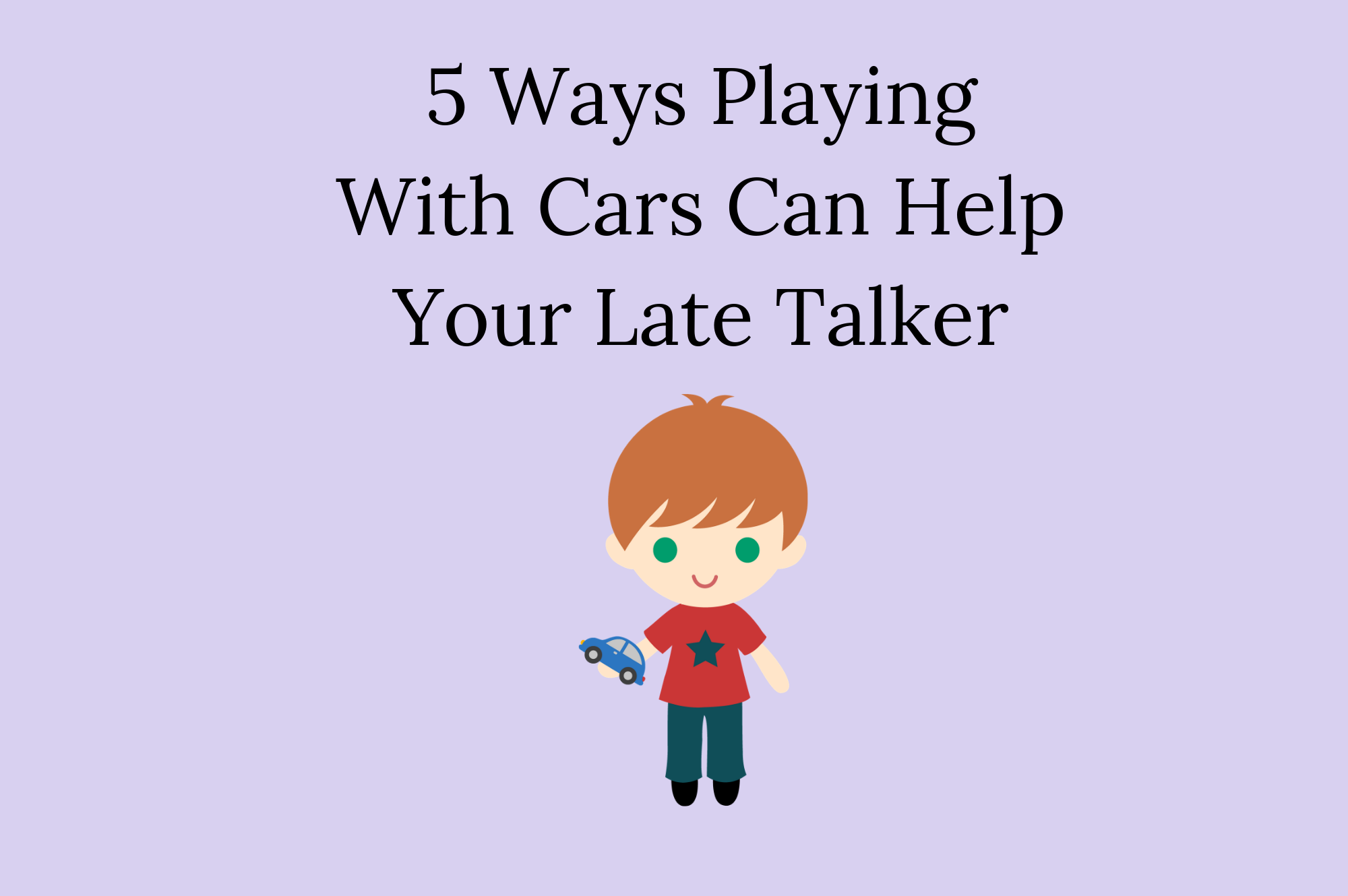When I ask parents what kinds of toys their toddler likes to play with, often I hear, “all he plays with is cars!” While we do want to expand children’s play to include a variety of toys, there are many ways we can add language learning opportunities into play with cars. Here are my tips for ways to encourage language development through car play:
- FOLLOW YOUR CHILD’S LEAD
Kids will learn language best when you follow their lead and play how they are playing. It can be tempting to direct the play if you want to teach them a new word or concept, but if you join in their play and follow their lead, it is more likely they will be engaged and stay in the interaction.
2. NARRATE THEIR PLAY
When you are following your child’s lead, talk about what they are doing using short, simple phrases. Focus on useful words rather than colours and numbers. It’s more important for your toddler to learn names of objects and actions when they are first learning to talk. Here’s an example of what you may say when narrating your child’s play:
- “you’re driving the car”
- “car goes up! up, up, up!”
- “car goes down”
- “vroom vroom”
- “crash!”
3. WAIT
When we are narrating, we want to make sure they we are waiting to give them an opportunity to respond! Think of it as a conversation rather than a monologue. Even if your child isn’t talking yet, they may respond by looking at you, making a gesture or a sound. You can interpret their message and respond to them accordingly. Waiting gives them an opportunity to take a turn in the interaction and a chance to attempt a word or sound if they are ready.
4. REPEAT KEY WORDS:
There are so many words you can target in car play! Pick 1 or 2 words to repeat throughout the interaction
Nouns: car, wheel, door, trunk
Verbs: drive, stop, go, open, close, crash
Concepts: up, down, big, little, fast, slow
4. COPY THEIR ACTIONS AND SOUNDS
A great way of getting involved in your toddler’s play is to copy their actions and sounds. Get your own car and do what they do. When they go up the ramp, take your car up the ramp. When they make silly noises, copy those noises. When you imitating what they do, it helps them stay engaged in play with you, and also helps encourage imitation. When you copy your child, they are more likely to copy you. This skill of imitation can help them eventually copy your words.
5. USE PREDICTABLE PHRASES
As repetition is so helpful to encourage children to talk, you can repeat a phrase such as “ready, set, go” when playing so your child learns what to expect, and eventually may say it with you, or finish the phrase by saying “go”, when you wait. I love to do this with pull back cars (the ones that you pull back and then they move forward when you let go). This is lots of fun and a great way to practice “ready, set, go”.
FINAL THOUGHTS
Since kids learn language best when they are focused and engaged, you can use these strategies on any activity they enjoy. If it seems overwhelming, start with just 5-10 minutes of play. The main thing is to add language by narrating, wait, and repeat! Most importantly, have fun and cherish play time with your child.



